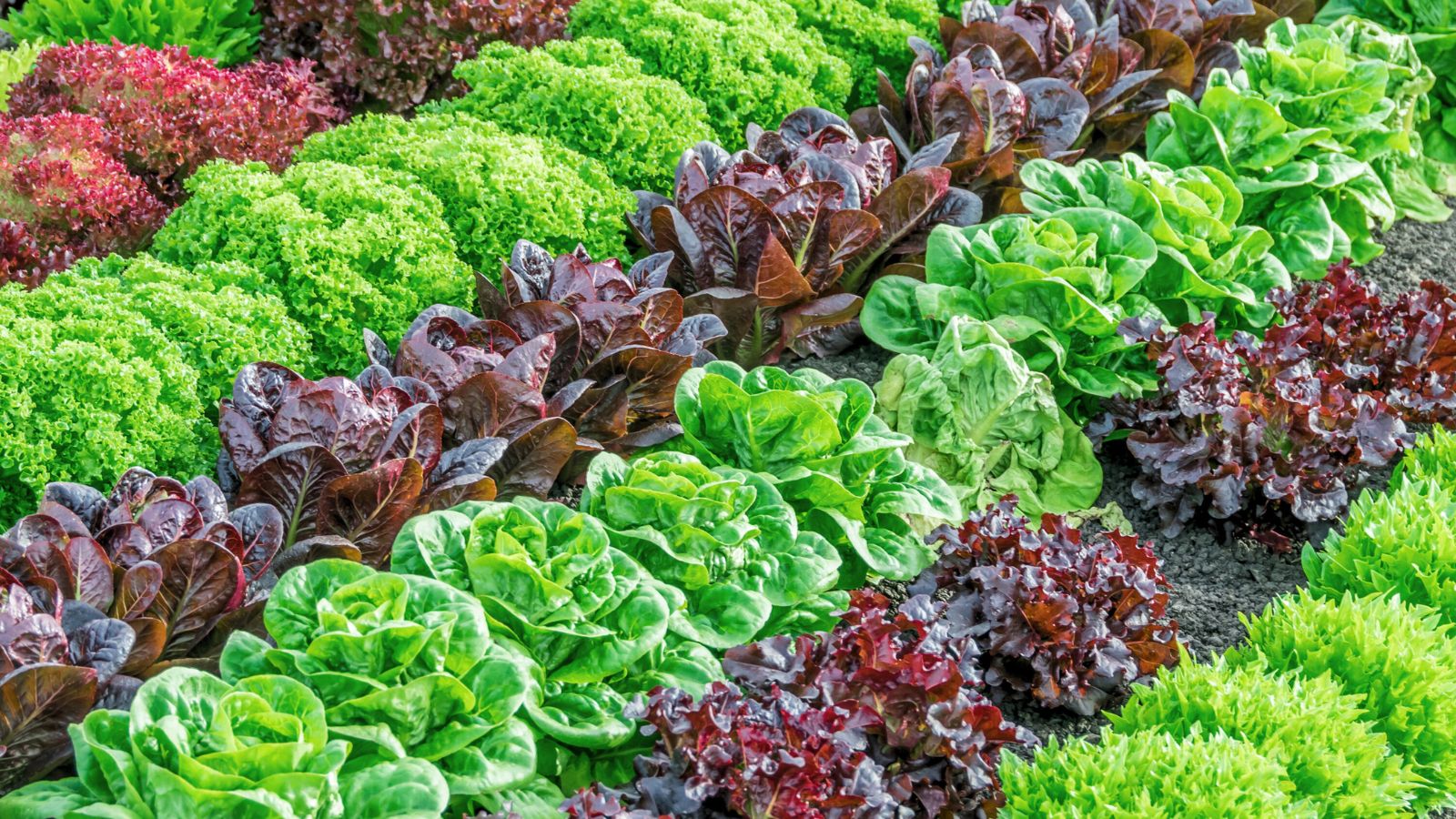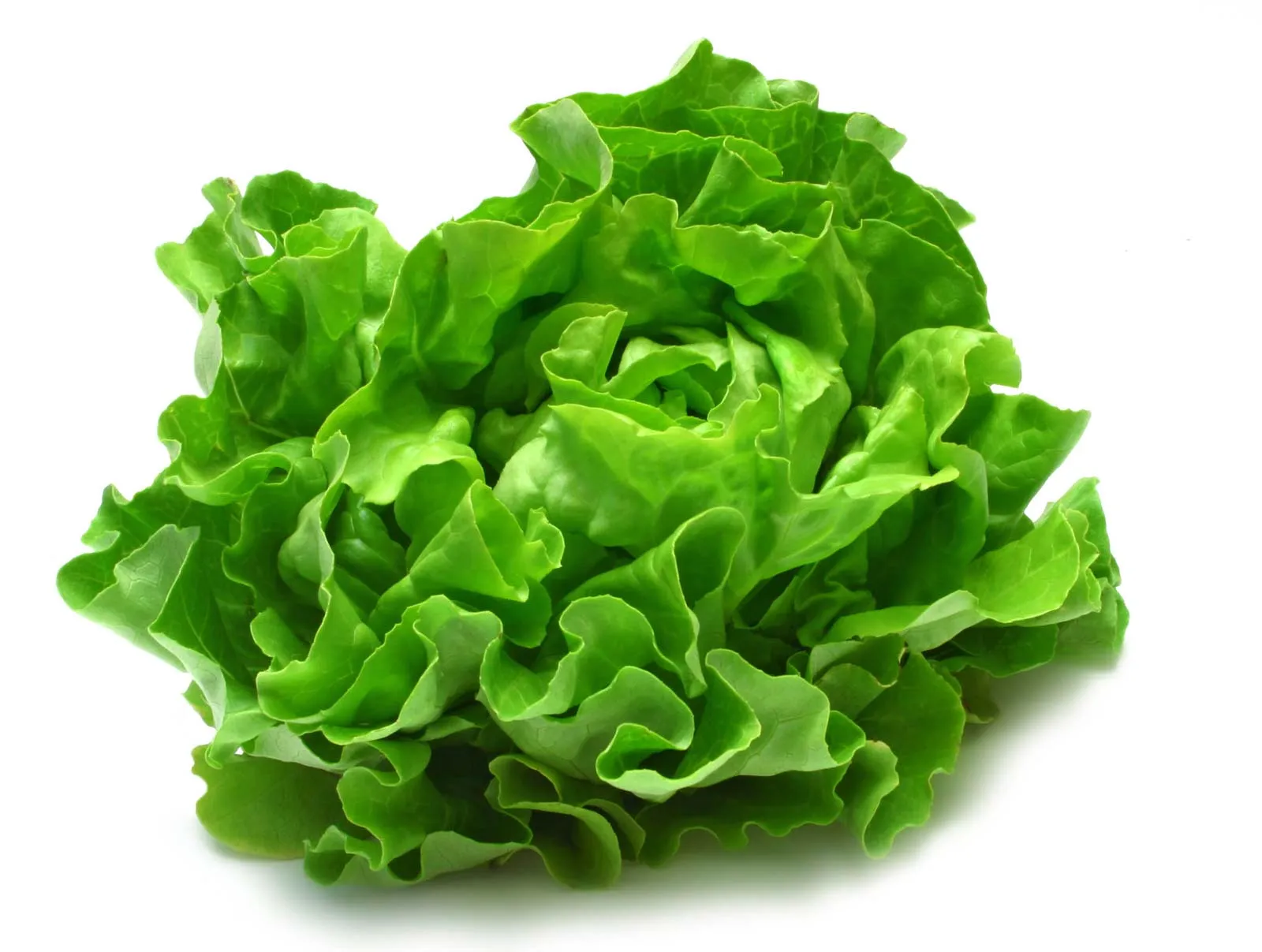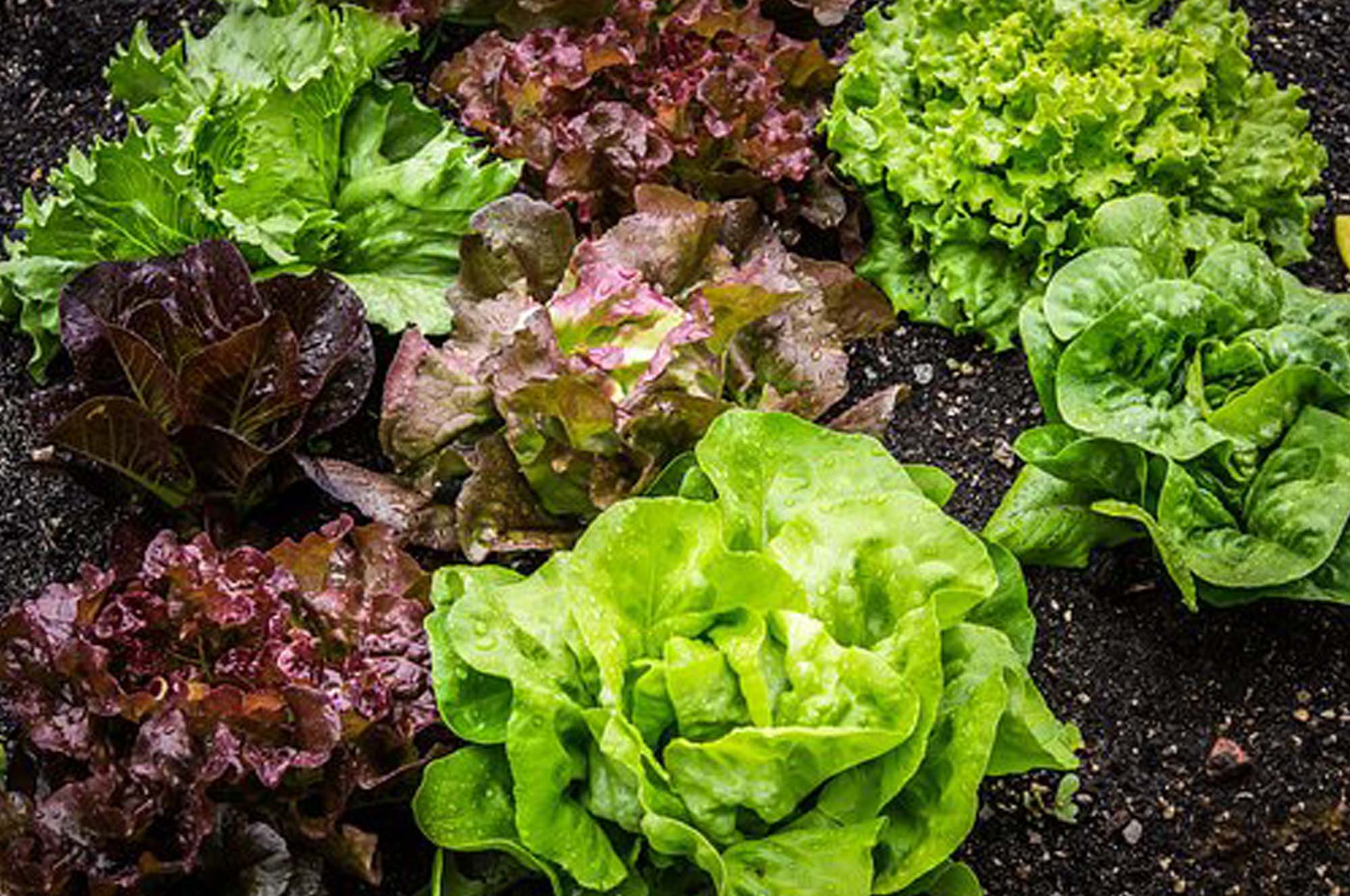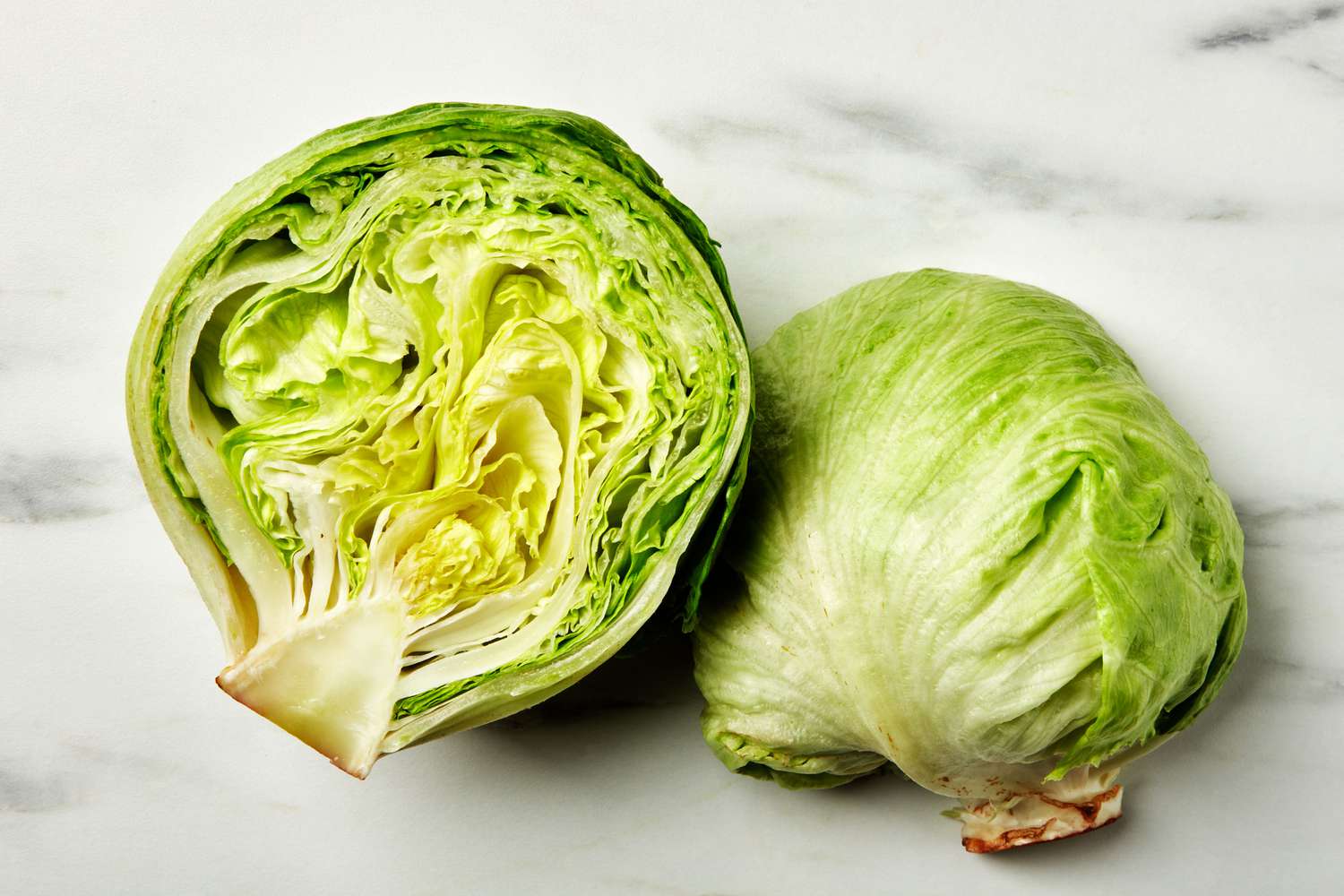Lettuce, scientifically known as Lactuca sativa. This humble member of the Asteraceae family has evolved into a global industry worth billions, with world production reaching 28 million tonnes in 2023, led by China’s commanding 53% market share.
The Nutritional Powerhouse Hidden in Plain Sight
Despite common misconceptions about lettuce being “just water,” modern nutritional science reveals a remarkably diverse spectrum of essential nutrients across different varieties. Water comprises 94-95% of lettuce content, making it exceptionally hydrating, but the remaining 5-6% contains concentrated vitamins, minerals, and bioactive compounds that contribute significantly to human health.
Romaine lettuce emerges as the nutritional champion, providing 82% of daily vitamin A requirements and 40% of vitamin K needs in just one cup. This variety also delivers substantial folate content at 64 micrograms per cup, making it particularly valuable for pregnant women and those seeking to prevent neural tube defects. The high vitamin K content supports bone health and blood clotting, while vitamin A promotes eye health and may reduce cataract risk.jisem-journal+2

Butterhead lettuce offers a different nutritional profile, containing 36% of daily vitamin A needs and an impressive 85% of vitamin K requirements per cup. Its higher iron content (8% DV) surpasses other lettuce varieties, making it beneficial for individuals at risk of iron deficiency, particularly when paired with vitamin C-rich foods to enhance absorption.
Even iceberg lettuce, often dismissed as nutritionally empty, provides meaningful amounts of vitamin K (20% DV), folate (7% DV), and manganese (5.4% DV). While lower in nutrients than darker varieties, iceberg’s high water content and refreshing crunch make it valuable for hydration and culinary versatility.
Global Production and Market Dynamics
The global lettuce industry demonstrates remarkable concentration, with the top five producing countries accounting for over 80% of world output. China’s dominance at 15.2 million tonnes annually reflects both vast agricultural land and sophisticated growing techniques, particularly in provinces like Shandong, Hebei, and Jiangsu.
The United States ranks second with 4.1 million tonnes, concentrated primarily in California’s Salinas Valley, which benefits from ideal growing conditions and year-round production capabilities. Spain leads European production at 1.0 million tonnes, serving both domestic consumption and export markets across the continent.

The global lettuce seeds market tells an equally compelling story, valued at $248.67 million in 2023 and projected to reach $372.23 million by 2031, representing a robust 5.2% compound annual growth rate. This growth reflects increasing consumer demand for fresh produce, expanding urban farming initiatives, and technological advances in seed development.

Global Lettuce Seeds Market Share by Variety Type (2025)
The Four Pillars of Lettuce Variety
Lettuce classification centers on four primary categories, each offering distinct characteristics and culinary applications:
Crisphead varieties, dominated by iceberg lettuce, form tight, compact heads with exceptional crunch and mild flavor. These varieties excel in applications requiring structural integrity, such as burger toppings, taco shells, and layered salads. Despite their reputation for limited nutrition, crisphead lettuces provide consistent quality and extended shelf.

Butterhead varieties, including Bibb and Boston lettuce, feature soft, buttery leaves with delicate texture and mild sweetness. Their large, cupped leaves make them ideal for lettuce wraps, while their tender nature pairs beautifully with light vinaigrettes and delicate dressings.
Romaine lettuce stands apart with elongated leaves and thick white ribs that provide substantial crunch. As the foundation of Caesar salad, romaine’s robust structure withstands heavier dressings while delivering superior nutritional density.youtube
Leaf lettuce varieties, encompassing both red and green loose-leaf types, grow as rosettes allowing selective harvesting of individual leaves. These varieties mature quickly and provide continuous harvest opportunities, making them popular in home gardens and small-scale farming operations.
The Hydroponic Revolution
Modern lettuce cultivation has embraced hydroponic technology with remarkable success, achieving yields up to 4.0 kg/m² in controlled environments compared to traditional soil-based systems. Hydroponic lettuce production offers numerous advantages: faster growth cycles, higher yields per square foot, reduced water consumption, elimination of soil-borne diseases, and year-round production capability.tridge+1
Advanced hydroponic systems employ various techniques, including Nutrient Film Technique (NFT), Deep Water Culture (DWC), and aeroponics. These systems maintain optimal growing conditions with temperatures between 15-25°C, electrical conductivity of 1.4-1.8 mS/cm, and pH levels of 6.0-7.0.

Commercial hydroponic operations achieve remarkable productivity, with some facilities harvesting up to 9 crops annually. China’s most advanced vertical hydroponic greenhouse covers 2,600 square meters with 28 vertical racks, each containing 15 layers rising nearly 7 meters high, demonstrating the space-efficient potential of modern cultivation techniques.
Market Trends and Consumer Preferences
Consumer preferences increasingly favor organic and locally grown lettuce, with organic lettuce demand growing at 8-10% annually in Europe. This trend reflects heightened awareness of pesticide residues, environmental sustainability concerns, and desire for premium quality produce.
Home gardening has experienced remarkable growth, with over 38% of US households planning garden supply purchases in 2023. Lettuce’s fast growth cycle, compact size requirements, and continuous harvest potential make it particularly attractive to urban gardeners and those practicing container cultivation.

The convenience market continues expanding with pre-washed, ready-to-eat lettuce products gaining market share. These products command premium prices while addressing consumer demands for time-saving food preparation solutions.
Nutritional Science and Health Benefits
Recent research reveals lettuce contains significant bioactive compounds beyond basic nutrients. Phenolic compounds, including flavonoids and carotenoids, provide antioxidant activity that may help protect against cardiovascular disease, certain cancers, and age-related conditions.
Lettuce serves as an excellent source of folate, particularly important for DNA synthesis, red blood cell formation, and fetal development during pregnancy. Romaine lettuce provides higher folate levels than spinach, making it a valuable alternative for individuals seeking to increase folate intake.
The high water content supports hydration, while vitamin K content promotes bone health and proper blood clotting. Carotenoids, including beta carotene, lutein, and zeaxanthin, protect eye health and may reduce macular degeneration risk.
Challenges and Future Outlook
The lettuce industry faces several significant challenges. Climate change impacts growing regions through temperature fluctuations, water scarcity, and extreme weather events that affect crop quality and yields. E. coli contamination remains a persistent food safety concern, particularly affecting romaine lettuce, leading to periodic recalls and consumer anxiety.
Competition from other leafy greens, including kale, spinach, and arugula, challenges traditional lettuce dominance in the “superfood” category. Rising production costs, labor shortages, and transportation challenges further pressure industry profitability.
However, technological innovations offer promising solutions. Advanced breeding programs develop disease-resistant varieties with improved nutritional profiles. Precision agriculture techniques optimize resource utilization, while vertical farming systems expand production possibilities in urban environments.
The global lettuce market projects continued growth, with estimates suggesting expansion to 38.78 million tonnes by 2032, representing a 3.70% CAGR. This growth reflects increasing urbanization, changing dietary preferences toward fresh produce, and expanding middle-class populations in developing markets.
Conclusion: The Enduring Legacy of Lettuce
From ancient Egyptian cultivation to modern hydroponic facilities reaching toward the sky, lettuce represents humanity’s remarkable ability to improve and adapt agricultural systems. With global production exceeding 28 million tonnes and seed markets approaching $400 million, lettuce stands as both a nutritional cornerstone and economic driver across continents.
The industry’s evolution from simple field cultivation to sophisticated controlled-environment systems demonstrates agriculture’s technological advancement. Hydroponic operations achieving 9 harvests annually and vertical farms maximizing space utilization point toward a future where fresh produce becomes increasingly accessible regardless of climate or season.
As consumers increasingly prioritize health, sustainability, and convenience, lettuce continues adapting to meet evolving demands. Whether through organic certification, improved nutritional density, or convenient packaging, the lettuce industry remains committed to serving the billions of people who depend on this remarkable plant for nutrition, hydration, and culinary satisfaction.
The story of lettuce is ultimately the story of human ingenuity applied to one of our most fundamental needs – nutritious, accessible food. From the ancient Nile to modern skyscrapers filled with growing towers, lettuce continues its quiet revolution, one crisp leaf at a time.
About us
Try it for yourself. Freshdi.com
Global Agri B2B Marketplace.

